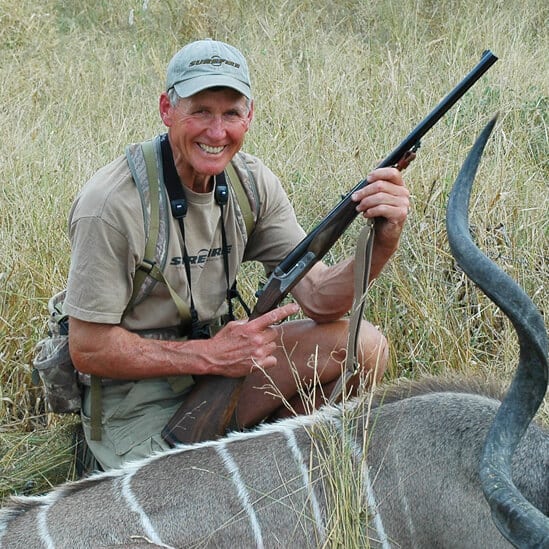Big Deer Live in Small Places
August 28th, 2023
9 minute read
“He slammed to a stop and his eyes bulged while he stared at me. I would have bet my last dollar that his rack had a spread of three feet…. Then he crashed away.” Hunting with a shotgun from his stand, Dwight didn’t see that deer during the short firearms season, but he did shoot his first buck. Over the next four years the giant whitetail eluded hunters. Feeding at night, he changed bedding sites and kept to small, dense tangles near timber.
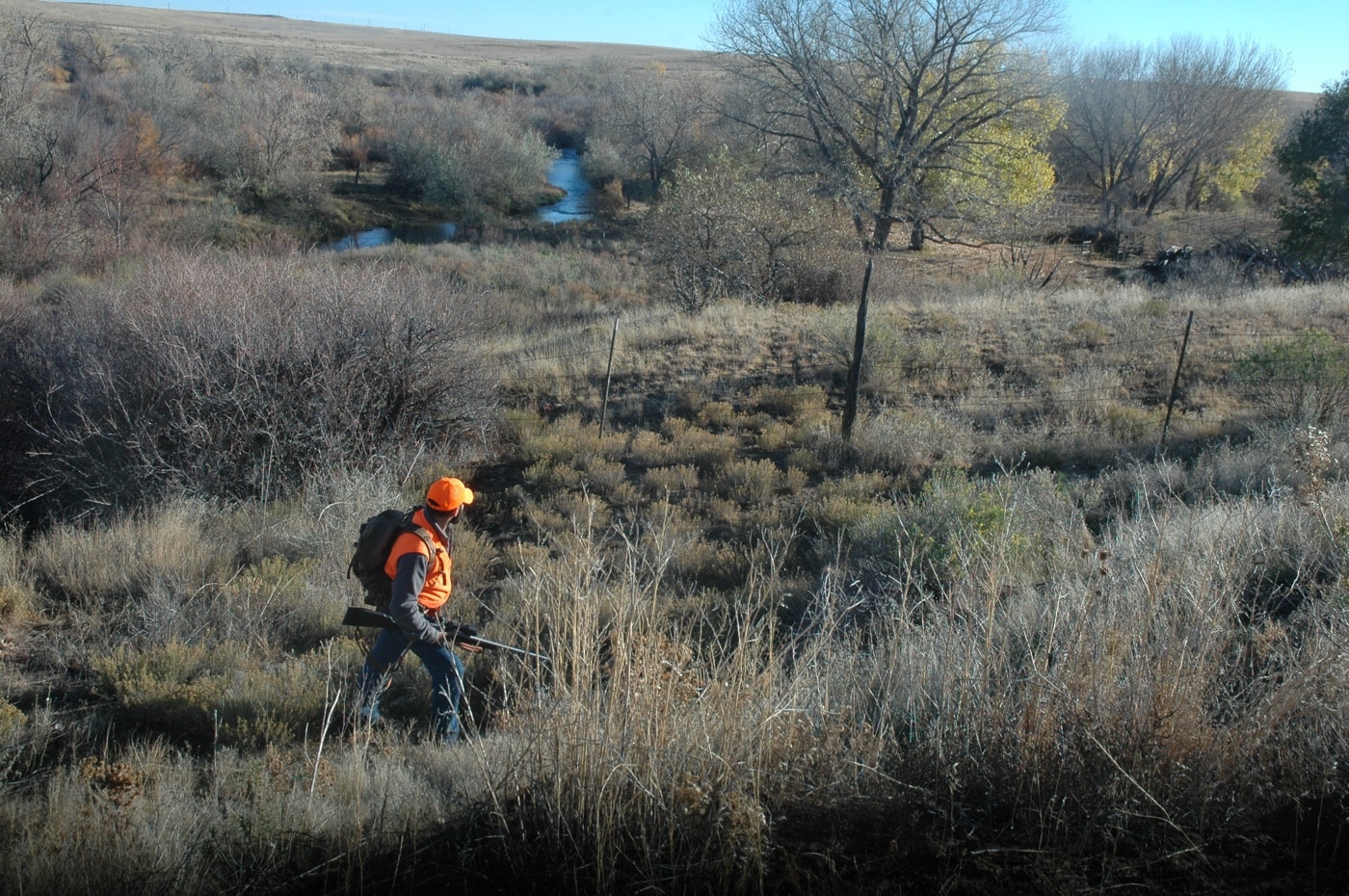
Opening day came again. After an early morning on stand, Dwight and his partner joined to still-hunt across a long draw from each other, “halfway up each side.” They moved slowly and paused often, avoiding the straight, steady step bedded deer monitor so easily. They wanted bucks to move, not lie tight.
Several draws later, they’d bumped one buck. He had vanished “like a wisp of brown smoke.”
The hunters had almost exhausted their legs and the day when they agreed to hook into a patch of “briar bushes and wild cherry trees on a grassy hillside.” As Dwight stepped near, the briars erupted. An enormous buck rocketed through the grass toward the ridge-top. “I found his back in my scope … and heard my slug smack home. The buck skidded sideways [then] melted into the sky-lined oaks.”
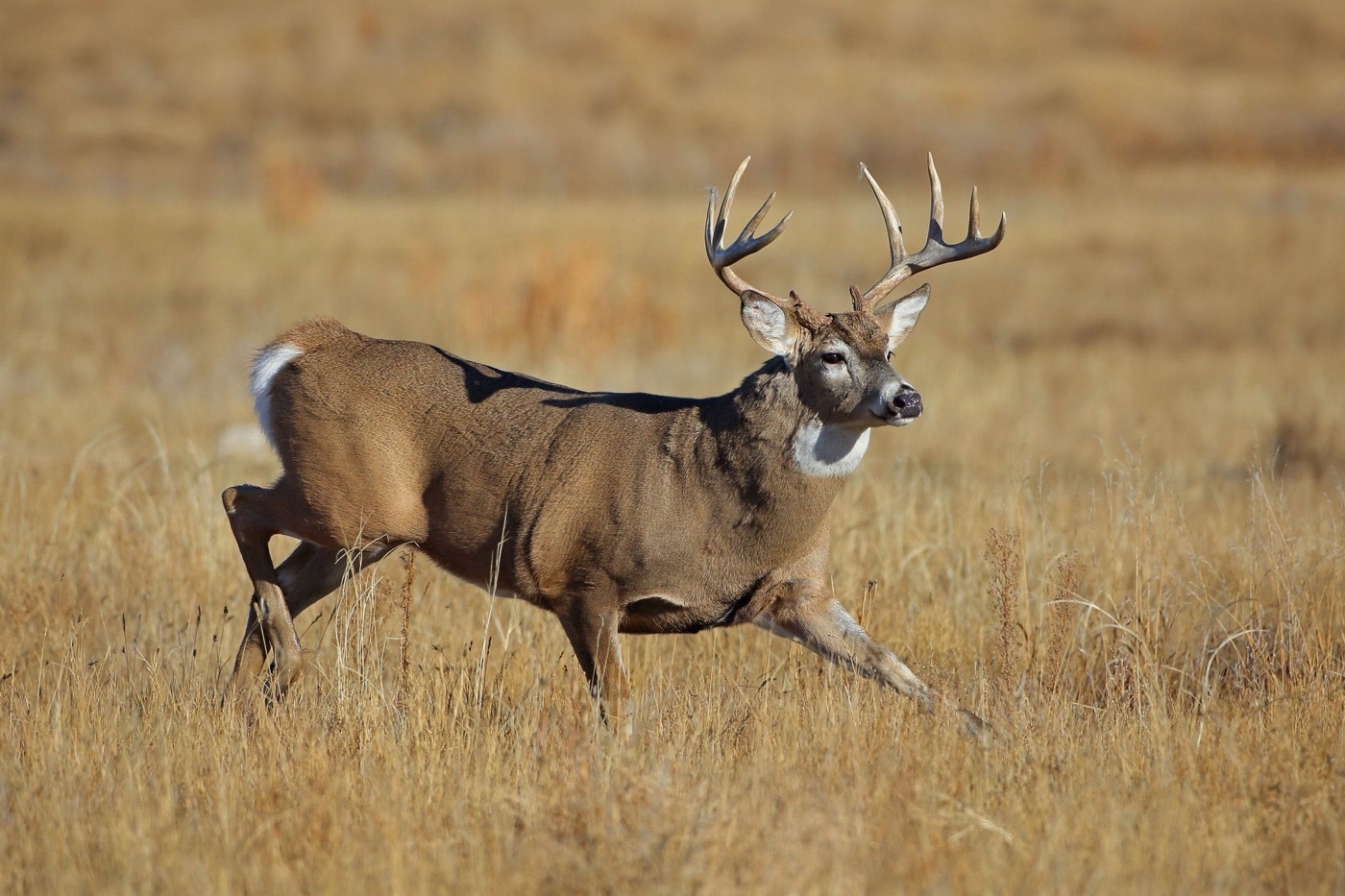
Dwight scrambled and clawed his way up through the brush. The deer was dying. The Boone and Crockett Club would declare its typical antlers the best reported in North America for its current awards period. The inside beam spread of over 30 inches was the widest in whitetail records.
I killed my first buck about then. It wasn’t a big buck. Decades would pass before I shot one that brought any more than a shrug from a taxidermist. But I despair not. About 11.4 million deer hunters take to the field each year in the U.S., 9.4 million with a firearm, 2 million exclusively with a bow. They kill 6 million of the 30 million whitetails dodging about forests, brush-lots and cornfields. Very few — really, a handful — qualify for B&C’s all-time records list.
Expectations
If you never see such a buck afield, you have plenty of company.
But where big bucks live, there are also lots of deer, right? Yes and no. While Texas hunters kill half a million deer annually, few appear high on B&C lists. Also, Texas is huge; deer densities are more modest than those in Midwest states. By recent count, the states that have yielded the most records-class deer are, in order, Wisconsin, Illinois, Iowa, Minnesota, Ohio, Kentucky. But their harvests don’t equal those of Pennsylvania. And the whoppers in these six “big buck” states aren’t all from predictable places. None of Wisconsin’s top five whitetails came from the six counties recording the most kills! Ditto for the best five bucks in the four most productive counties of both Illinois and Minnesota!
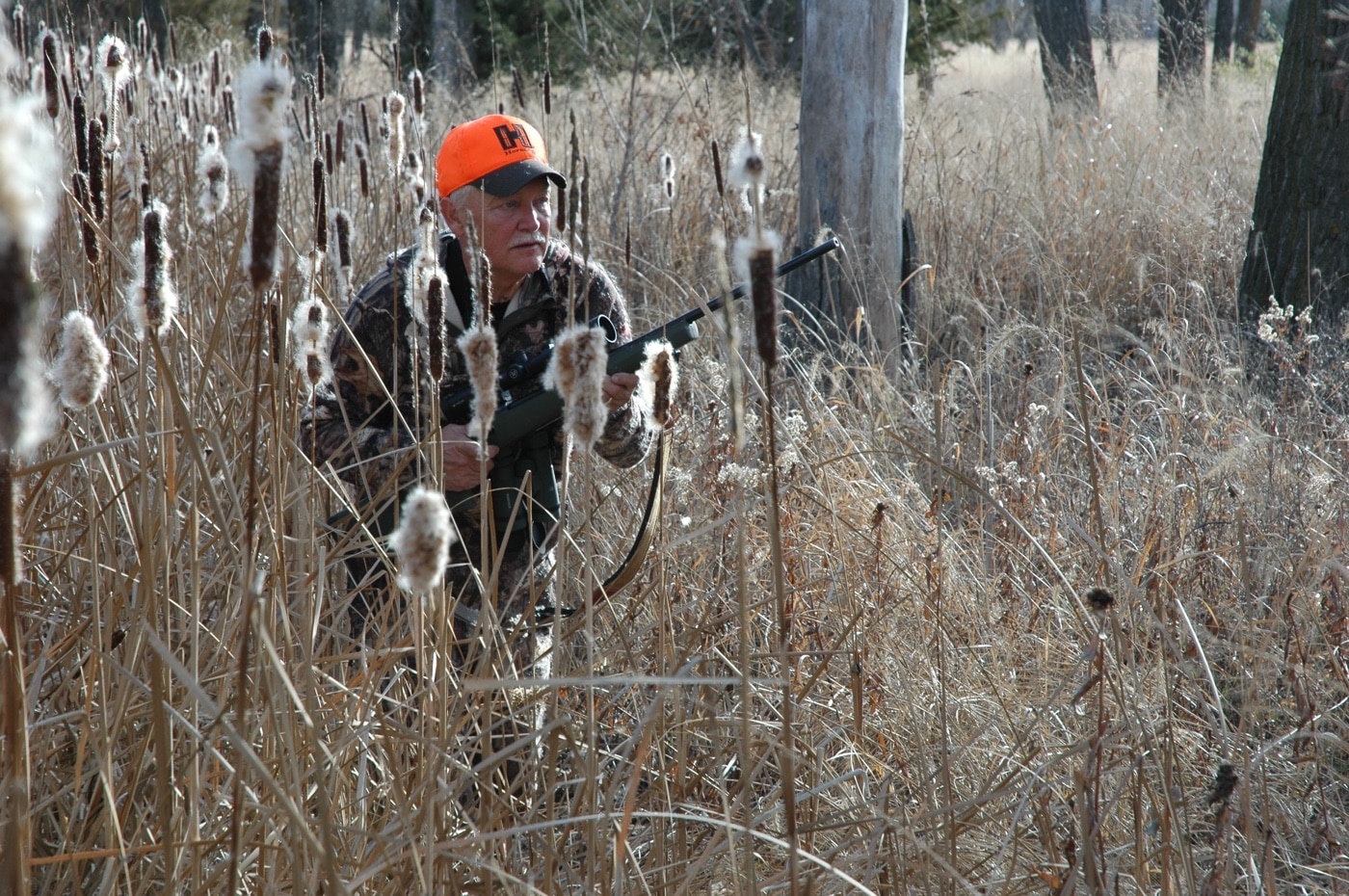
Not to be dismissed are the Canadian provinces of Alberta, Saskatchewan and Manitoba. In 1992 Milo Hansen shot B&C’s top-ranked typical whitetail on his Saskatchewan farm. This world-record buck upstaged the deer killed by James Jordan in Wisconsin in 1914. Whitetails have spread west, into prairies and forests once inhabited by mule deer. Kansas had so few whitetails in the first half of the 20th century, it had no deer season until 1965! Now Kansas yields many whitetails, and some of the biggest.
[Want to ensure you bag a buck? Read Top 10 Tips to Improve Your Deer Hunting Accuracy.]
Looking on the sunny side of these stats, you’ll conclude, rightly, that truly big whitetails can pop up anywhere. And they’re increasingly common. Eight of the top 10 typical bucks have been taken since 1965, half those since 1990! Even where heavily hunted, bucks grow old. No wound was found on a dead buck near a Missouri road in 1981. Its non-typical antlers set a new world’s record!
Sources
Now, our odds of finding such a deer may not be growing. When I was a lad, hunters headed for camps in Michigan’s Upper Peninsula. Lately, L.P. farms have produced most of that state’s big-antlered bucks. But much of this property is posted. Across the Midwest, farmers are planting forage to grow big deer. They then lease hunting rights or reserve them for family and friends.
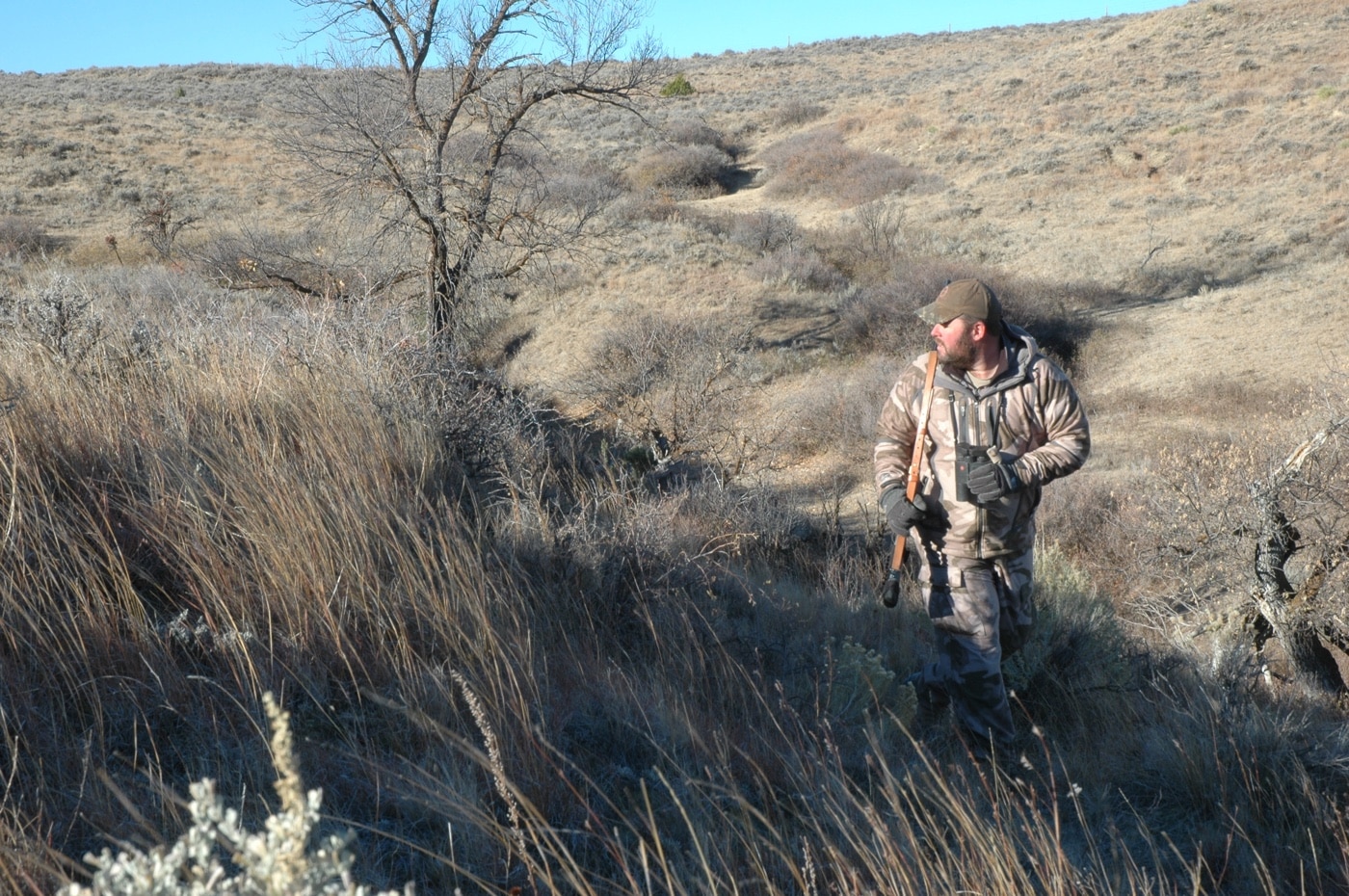
This trend is good for deer and records books, not so much for access. Planning a hunt, consider access first! Texas is 97 percent privately owned. Of the 112,500 deer shot in Indiana in 2021, 93 percent died on private land. Any access can help you shoot deer. Marginal habitat can hold them after opening-day pressure. Ask permission early in the year. Volunteer labor on farm projects. Tell landowners you’ll mind gates and won’t drive off-track, disturb livestock or leave evidence of your hunt. Agree to hunt only at his (her) pleasure, perhaps avoiding certain spots or not hunting on opening day or Sundays.
Scout discreetly to avoid alarming deer and annoying landowners. Pattern local animals as best you can, aware crop harvest, acorn drop, weather, rut and human traffic can change their habits. Set your stands early, with minimal disturbance to the sites.
Looking for a records-book buck or just venison, your task is to see deer before deer see, hear or smell you. From a stand, you see less country than you do still-hunting, and if the deer doesn’t pass, you lose. But a well-chosen stand, elevated or not, gives you two advantages: It keeps you quiet and out of the deer’s casual view. And it helps you see better because you’re motionless. When a deer senses something amiss, it becomes stone-still, so its eyes pick up slight movement and small things out of place. In typical cover, a moving hunter will rarely spot a motionless deer first.
[Be sure to read Seven Top Still Hunting Tips by Bill Vaznis to get the drop on a buck.]
Even when you’re still, you can fail to recognize a deer — an animal that often appears as patches of earth-tone color on background that’s little different. Shadows erase deer by breaking up their profiles. To cut through this veil, look between and beyond what is not a deer. Your eye craves deer features: the glint of an eye, a white tine, a tail flick. To see more deer, you’ll look for what’s not obvious, for subtle shifts in line and texture. A friend killed a beautiful whitetail in its bed after he spied its black nose a few yards away through grass.
Magnified Goals
Even in the woods, a binocular can help. You’ll want one of modest size and power, so it has a big field and a big exit pupil (for bright images in dim light). Focus at 20 or 30 yards in cover. A binocular is most valuable sifting detail within shooting range, not helping you spot deer beyond it.
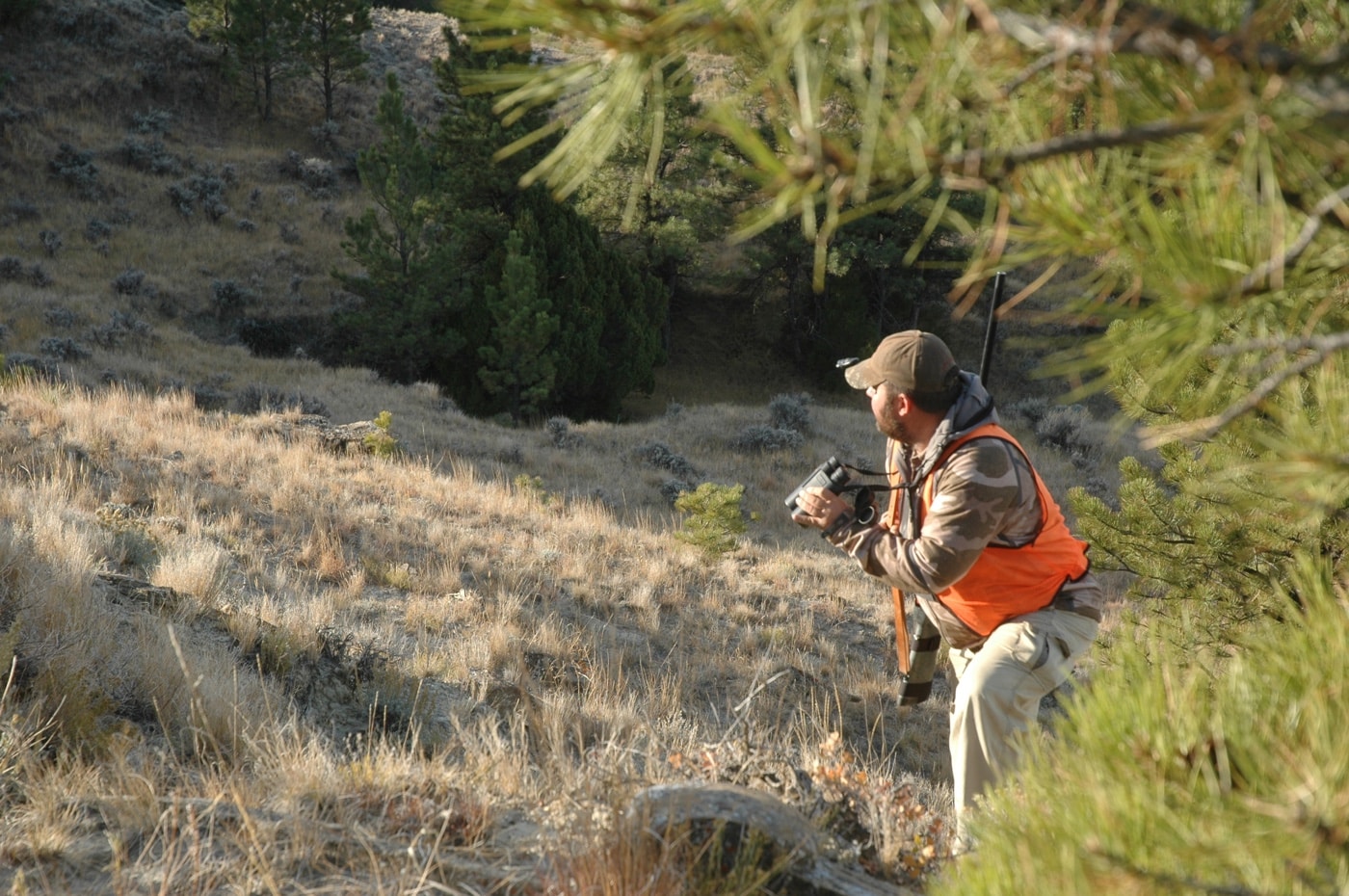
Rather than wait on a woodland stand, or watch cropland to snipe at deer from afar, I like to still-hunt. It’s often less productive than being still; but each step opens new country. My 7×35 B&L binocular hangs on a short strap so it comes to eye with minimal motion. Its broad, bright field doesn’t bob about when, after a climb, I’m winded. Its low-power lenses offer great field depth, so details appear in focus far into the brush. I try to glass as if reading a book, keeping the binocular still to examine its field before “turning the page” to another. Panning, you glimpse a watercolor landscape quickly, see nothing clearly.
Still-hunting or on stand, look close first, then far. A deer unnoticed nearby is a chance lost. Deer far away are less likely to take quick alarm. Search low. Engaging other people, driving and at computer screens, we’re used to looking straight ahead. Deer are shorter than commonly assumed. Bedded deer lie ankle-high, their ears and antlers at knee level. Deer use depressions to further lower their profiles.
In Plain Sight
Whitetails prefer low second-growth for bedding and foraging. They thrive at woods-edge, where sunlight is unimpeded. Prairie whitetails make do with very little woody cover. One Dakota dawn, chilled by arctic wind, I hunkered in a patch of grass before moving toward cover. The broad drainage beside me had none. Then: movement! Two deer bounded into view. As diving ducks riding chop, they vanished as quickly. Where? I dashed ahead and dropped prone on a hummock. The earth disgorged the bucks again. One paused. My crosswire caught his ribs, and a .270 bullet followed.
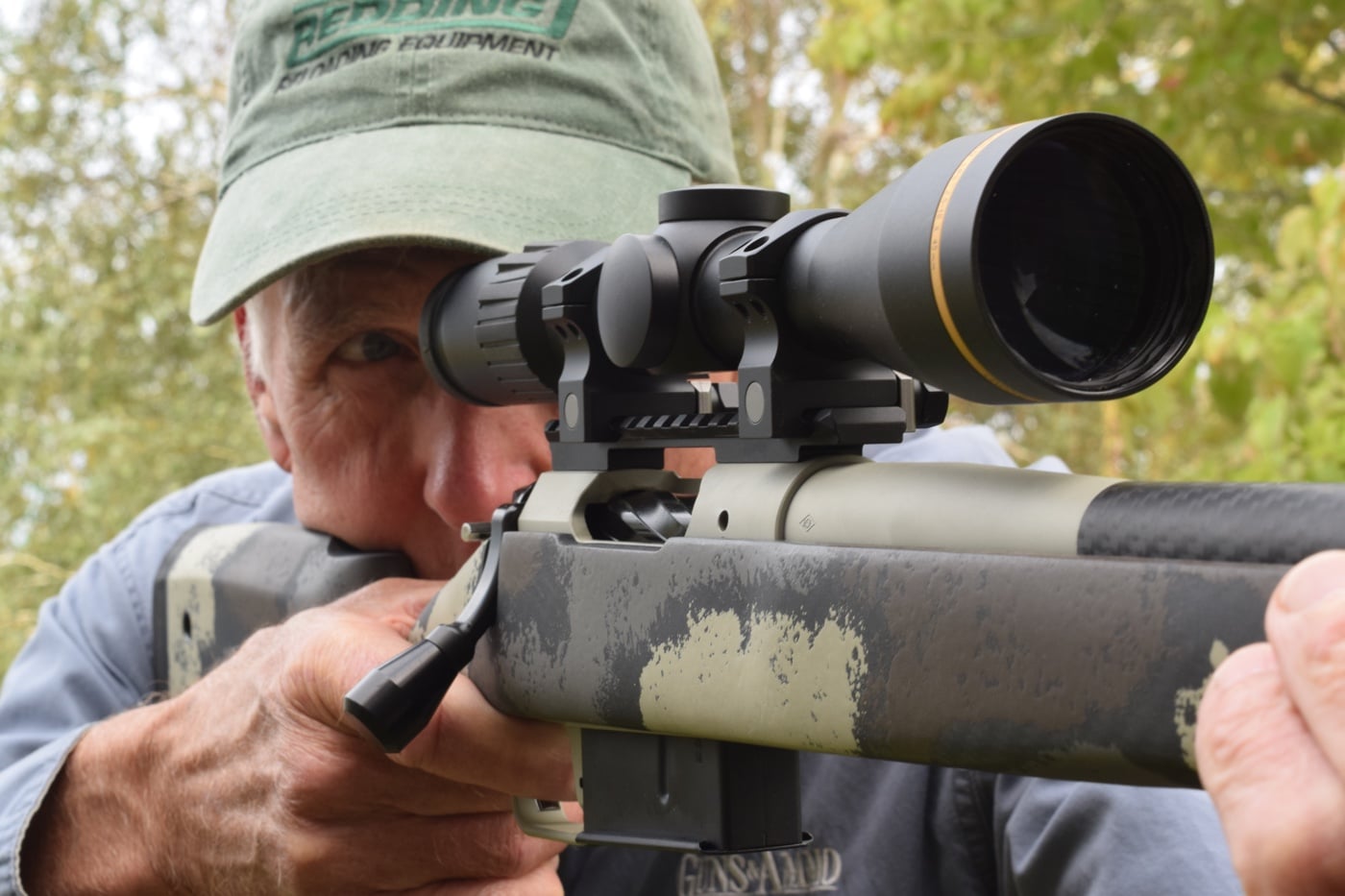
Those deer had ghosted through short grass across a treeless depression in the half-light to pass within a few yards of me! Even land that appears barren can hide deer that have learned to use its fissures. Besides concealment and a shield against weather, deer choose beds for their good wind coverage, ready escape routes and isolation. Woody cover that looks promising can be less appealing than briar patches or plum thickets hunters dismiss as too small or too far off their path. Bucks shun places that draw hunters.
[Improve your deer hunting with our article How to Hunt the Wind.]
Once, after a deer drive, a friend trudged out of the woods, unloading his Winchester as he came within a stone’s toss of his pickup. As the last cartridge fell into his hand, a buck launched from underfoot and dashed away. Another day, a handful of farm lads paused for lunch on a sunny slope after a fruitless push through hardwoods. Shotguns on the ground, sandwiches in hand, they could only watch as an eight-point buck vaulted from weeds at their feet and bounded off. Walking back to his truck one evening after a week plying nearby woods, a friend tumbled a fine buck that burst from a close-cropped draw. That deer endured the season in the creases of a cow pasture!
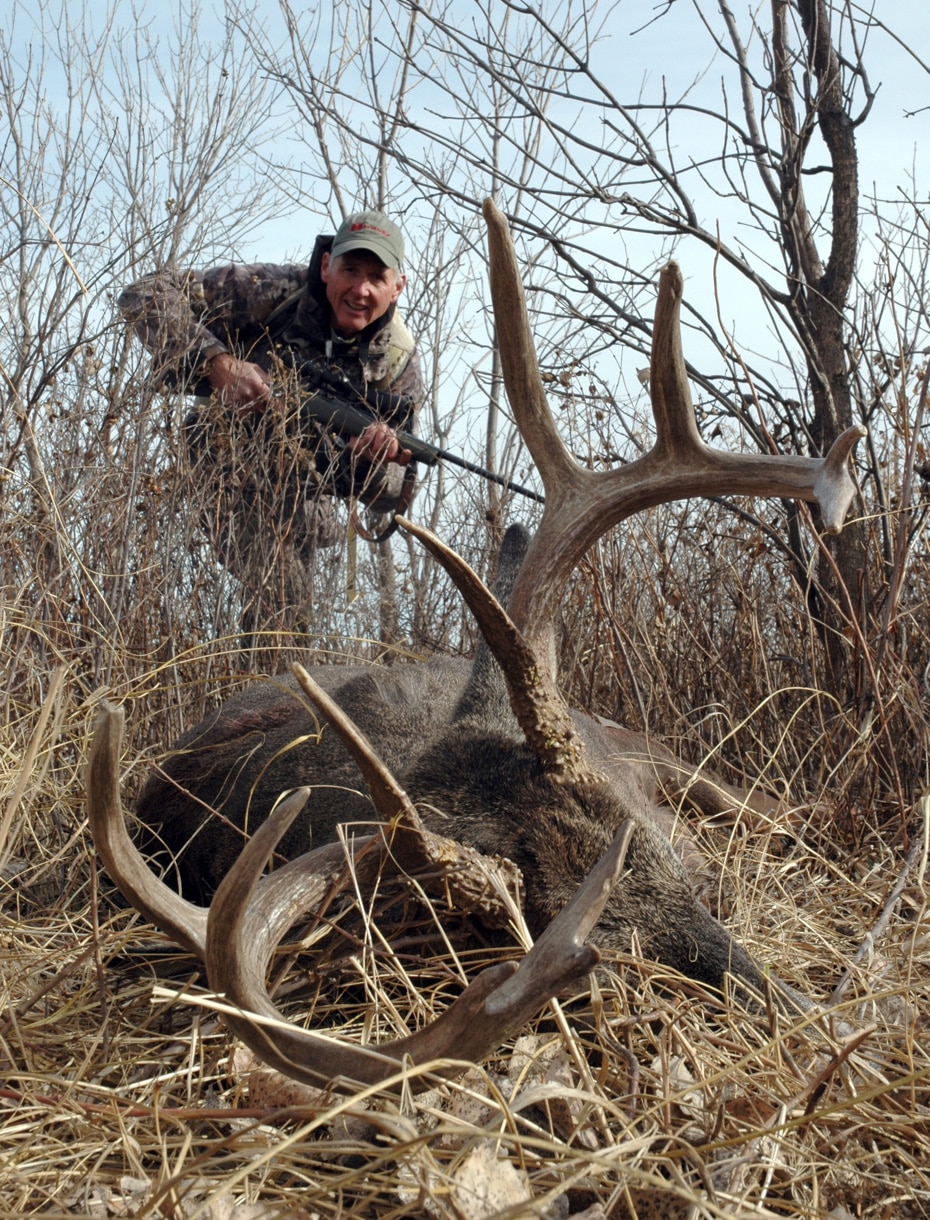
Several of my last whitetails fell in grass, far from trees, in places that might hold prairie grouse. But long shots there aren’t necessary. My average poke comes at around 100 yards.
One prairie dawn, spotting a buck silhouetted on a distant bluff, I planned a mile’s climb around him. Just then he slipped into a shaded pocket. Perfect! An hour later, creeping into the wind, I reached the depression’s lip and peeked in. He was not there. Instead, he’d bedded in grass below me. He jumped up and jetted off. I declined to fire.
[Catch our article What Should You Do When You Jump a Buck.]
That could have been hunt’s end. But far down-slope, near a brushy creek, the deer slowed. Odds for a second chance were slim, but I retraced my arc into the valley. Slipping free of my pack above the creek, I proceeded on hands and knees, glassing every couple of feet. Then: the tip of an antler! I bellied ahead to thinner grass until I dared not continue. A glimpse of movement or a shift in the breeze would send the deer off for good. Still, only tines showed….
Sling taut and eye to the scope, I said softly, “Hey, buck.” No movement. “Hey, buck.” Ear tips twitched. “Hey, buck.” The antlers turned. I touched the trigger and exhaled. “Hey.” The tines swiveled. Then he was up, a tawny streak filling the scope as the rifle recoiled.
He was a splendid whitetail, better than I deserved that morning. He reminded me that big deer have learned to live in small places. That perseverance can balance blunders. And that there’s no better place to be in the fall than in whitetail country with a rifle!
Editor’s Note: Please be sure to check out The Armory Life Forum, where you can comment about our daily articles, as well as just talk guns and gear. Click the “Go To Forum Thread” link below to jump in and discuss this article and much more!
Join the Discussion
Featured in this article
Continue Reading
Did you enjoy this article?

 43
43






